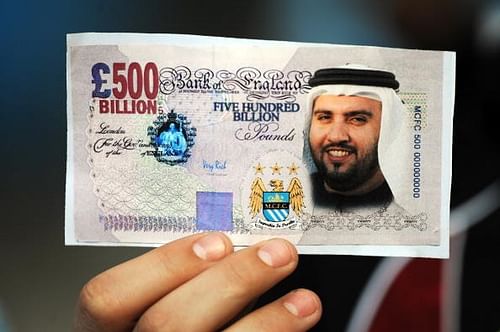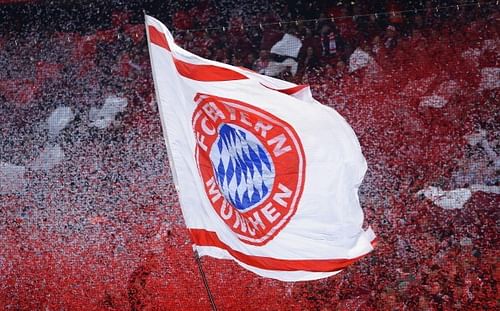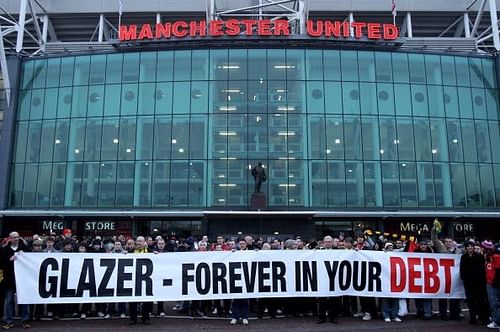
How an English club can be bought

There is a popular saying that it is very easy to take £1 million out of a football club. All you have to do is first invest £2 million. The general sentiment of that statement is not far from the truth. Most football club owners are not in it to make money, even though modern football is a business; of that there is no doubt. The cultural and sentimental aspects of the sport however, ensure that football clubs operate on different economic (and often legal) rules from most businesses.
The existing transfer system places restraints on workers in ways that would be held illegal by European courts if it was applied to just about any other industry. The famous Bosman and Webster cases that gave players more power to decide where they would ply their trade (although the ruling in the Matuzalem case that more or less overruled the Webster ruling swung the pendulum back in favour of the clubs) were borne out of an attempt to harmonize European law with the existing football system.
Football clubs are usually not sound investments. It can be years, or even decades before any investor begins to see anything resembling a decent return on the investment. Roman Abramovich has already invested close to £1 billion pounds in Chelsea, with that figure set to rise if he does indeed go ahead with the construction of the proposed new stadium. Sheikh Mansour at Manchester City is in a similar situation. Mike Ashley at Newcastle is in the unique position of having spent more than £200 million on his boyhood club, and being detested by its fans. He too is unlikely to see any of this money returned.
In spite of this, there is a constant line of wealthy investors willing to buy Premier League clubs. Many owners are rich fans who want to facilitate successful performances by their clubs. There are also those people who are not particularly concerned with sentiment or finances, but instead seek to take advantage of the various intangible benefits of owning a club (such as celebrity, public and brand recognition, and access to important people).
How to buy an English football club

Football clubs are separate legal entities in themselves. The organisational structure of clubs however, varies from club to club. Broadly speaking, clubs may be registered as companies (either public or private) or as member-owned non-profit sports organisations (this is commonly referred to as fan ownership).
In a fan ownership model, there is no single owner. Executive decisions are taken by a board of directors that are usually elected by the members of the club (who are the fans themselves), and thus the club cannot be “bought” by any one individual. This type of ownership is not common in England anymore, but Real Madrid and Barcelona are the two most prominent examples of fan-owned clubs (for a more detailed breakdown of Real Madrid’s ownership structure, check this older article).
The German Bundesliga has what is known as the "50 + 1" rule, which mandates that association or club has to have a controlling stake. This is to ensure that commercial interests can't gain control of the functioning of the club. Audi and Adidas each own 9% of Bayern Munich for example, but the rest is controlled by the members via the club.
There are two exceptions to this rule - Wolfsburg are owned by Volkswagen and Bayer Leverkusen are owned by the chemical company, Bayer (this is because both these clubs began as workers’ sporting clubs). However, the rest of the German league follows the “50 + 1” rule.
Public companies

If the club is registered as a public company and listed on the stock exchange, then the standard rules pertaining to takeovers that apply to regular companies would apply to football clubs as well. The most well-known example of a publically listed club is Manchester United. Other famous clubs that are listed on stock exchanges are Juventus and AS Roma.
There was a phase in the late 1990s and early 2000s where English clubs initialized IPOs (Initial Public Offering) of shares in the hopes of raising revenue, but that bubble burst rather quickly. Tottenham Hotspur were publically traded for 10 years from 2001 to 2011, but eventually decided to move back to a private ownership structure.
When United were on the verge of being taken over by their current owners (the USA-based Glazer family), it was not as simple a matter of purchasing all the available shares outright. The Glazers initially purchased a 3% stake in the club in March 2003 through their holding company, Red Football. A slow and steady acquisition of shares over the next year brought them to around 15% by November of the same year. It was only then that rumours of a takeover began to emerge.
Takeover law in the UK mandates a compulsory takeover bid by a shareholder when the value of shares held by them reaches 30%. This figure was reached in October 2004, and the bid was subsequently launched. The Glazers continued to acquire shares, acquiring complete ownership of the club by June 2005. A more detailed analysis of the Glazers’ ownership of Manchester United can be accessed in this article.